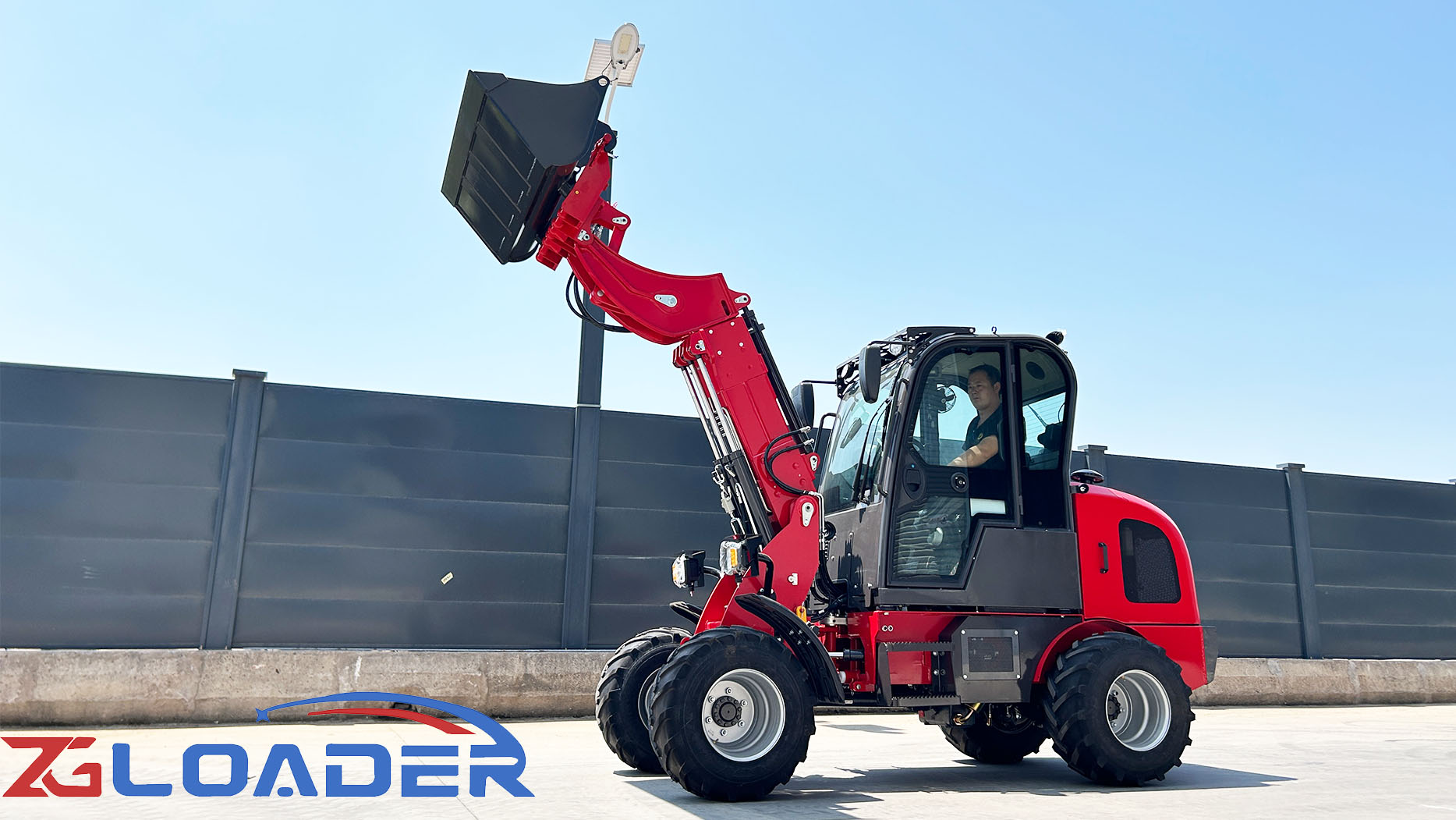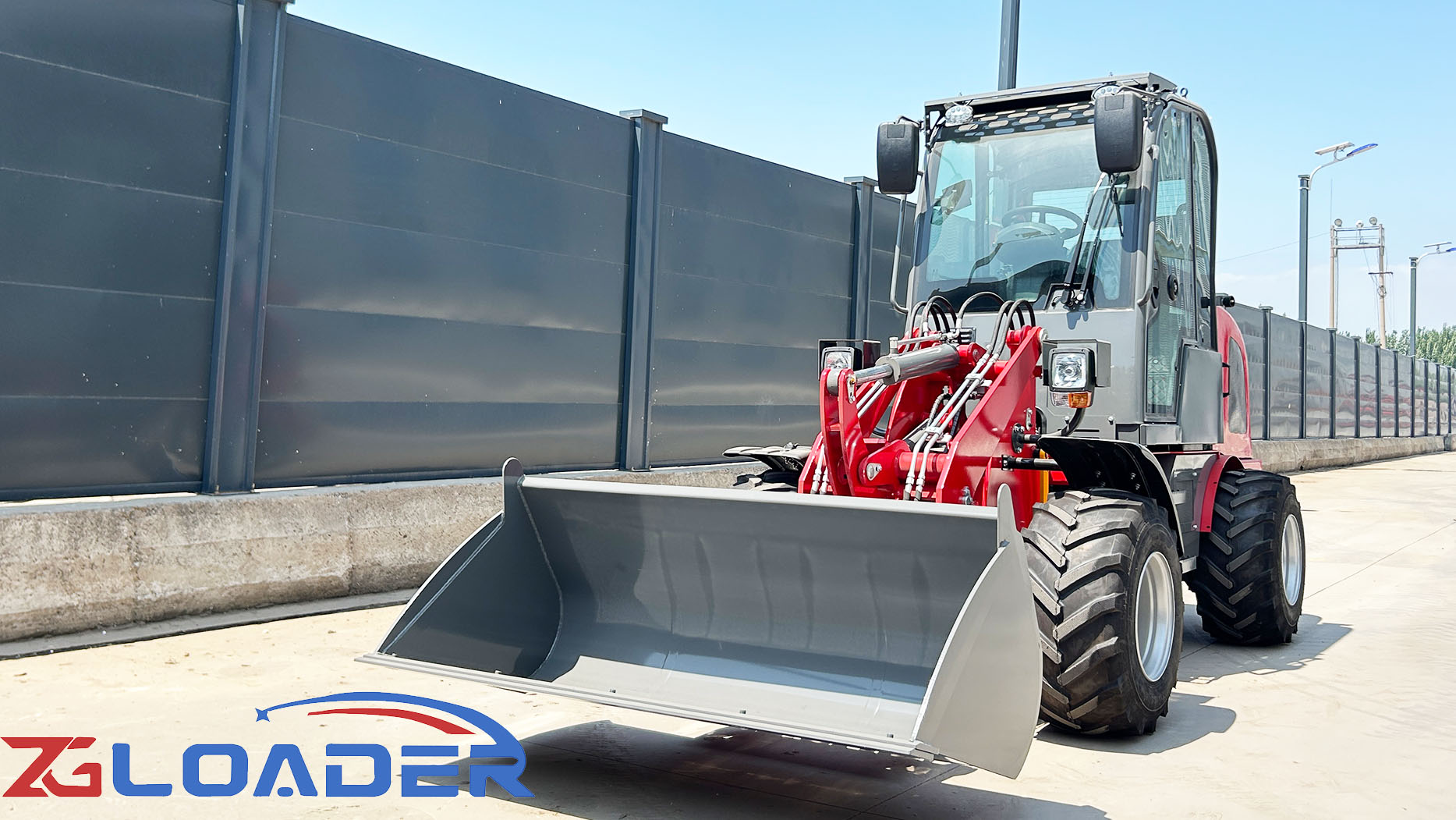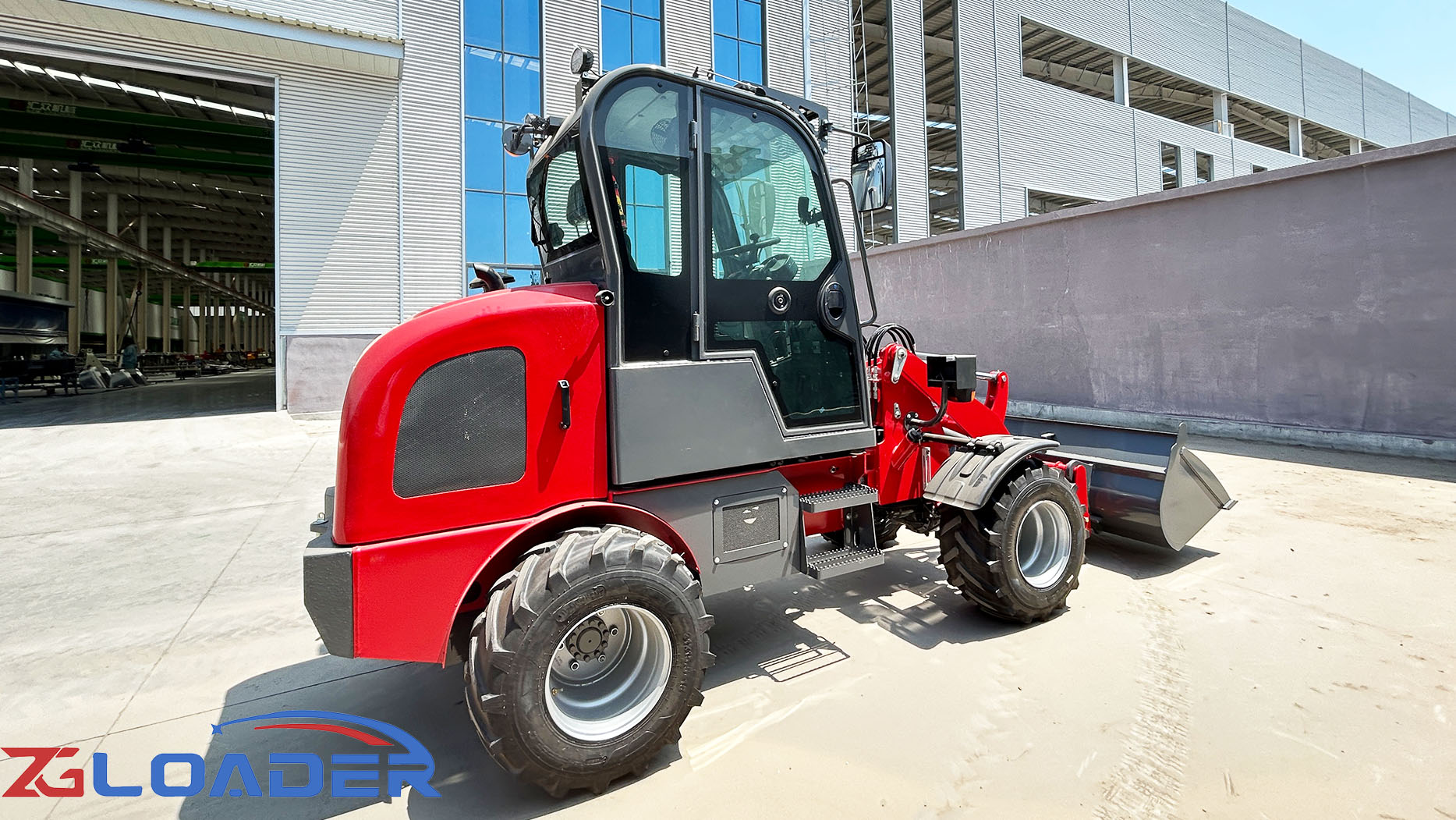The Value Proposition: Understanding the Cost of a Used Wheel Loader
For many businesses in construction, mining, agriculture, and material handling, acquiring a wheel loader is essential. While a new wheel loader offers the latest technology and a fresh warranty, the significant upfront investment often makes a used wheel loader a highly attractive and practical alternative. Buying used can offer substantial cost savings, faster availability, and immediate depreciation benefits. However, determining "how much a used wheel loader costs" is far from straightforward, as prices fluctuate wildly based on a multitude of factors.
Generally, the price of a used wheel loader can range from as little as $5,000 for older, smaller, higher-hour models to over $300,000 or even $700,000+ for newer, large, low-hour machines from premium brands. This vast range underscores the importance of a thorough understanding of the used equipment market and the specific attributes that drive value.
Key Factors Influencing Used Wheel Loader Prices
Several critical elements dictate the price tag of a used wheel loader. Savvy buyers carefully evaluate these aspects to find the right balance between cost and performance for their specific needs.

1. Age and Hours of Operation: These are arguably the most crucial factors. Heavy equipment "ages" primarily by operating hours rather than calendar years.
Operating Hours: A wheel loader with 10,000 to 12,000 hours is generally considered to have high hours, indicating significant use. Machines with fewer hours (e.g., under 5,000) will command a much higher price, reflecting more remaining useful life. For example, a 2019 Hitachi ZW220-6 with 5,107 hours recently listed for around $136,800, while a 2021 Komatsu WA200-8 with only 205 hours was listed at $150,000, illustrating how hours heavily influence price, even for similar-aged machines.
Age (Calendar Year): While hours are primary, the manufacturing year still matters. Newer models (e.g., 2018-2023) often incorporate more advanced technologies, better fuel efficiency, and improved operator comfort compared to models from the early 2000s, which translates to a higher price.
2. Size and Capacity: Just like new loaders, larger used loaders with higher lift capacities and bigger buckets will naturally be more expensive.
Compact/Small Used Wheel Loaders: These might be found from $10,000 to $70,000, suitable for landscaping, light material handling, or smaller construction jobs.
Medium-Sized Used Wheel Loaders: The most common segment, these could range from $50,000 to $200,000, depending heavily on the brand, age, and hours. For instance, a 2015 Caterpillar 962M with 16,019 hours was seen for about $69,000, while a 2019 Hitachi ZW250-6 with 2,308 hours was listed at over $190,000.
Large Used Wheel Loaders: Designed for heavy-duty mining or quarry work, these will command prices from $200,000 to $700,000+, even when used. A 2020 Caterpillar 988K with nearly 10,000 hours was listed at $725,000.
3. Brand and Manufacturer: Reputation for quality, reliability, and support significantly impacts resale value.
Premium Brands (Caterpillar, Komatsu, John Deere, Volvo, Liebherr): These brands consistently hold their value better and will fetch higher prices in the used market due to their durability, advanced features, and extensive dealer networks. A used Cat or John Deere will generally cost more than a comparable model from a less premium brand, even with similar hours.
Mid-Range and Value Brands (SANY, XCMG, LiuGong, SDLG, Hyundai, Doosan): These often offer excellent value in the used market. While their new prices are lower, their used depreciation might be higher than premium brands, but they still represent a cost-effective choice for many operations. For example, a used Sany SW405 (a relatively new model from 2023 with 794 hours) was recently listed for around $173,600, showing their increasing market presence.

4. Overall Condition and Maintenance History: This is paramount. A meticulously maintained machine, even with higher hours, can be a better investment than a lower-hour machine that has been neglected.
Mechanical Condition: Buyers should inspect the engine, transmission, hydraulics, and electrical systems for leaks, unusual noises, or signs of wear. A comprehensive pre-purchase inspection by a qualified mechanic is highly recommended.
Physical Condition: Look for frame damage, excessive rust, bucket wear (scalloping), tire condition, and the state of the cab interior. Worn tires alone can be a significant hidden cost.Maintenance Records: A complete service history proves regular maintenance has been performed, adding considerable value and peace of mind. Without records, it's a much riskier purchase.
5. Features, Attachments, and Technology: The presence of certain features can increase a used loader's value.
Cab Features: Air conditioning, heated seats, comfortable controls, and good visibility are highly desirable.
Auxiliary Hydraulics: Machines equipped with high-flow auxiliary hydraulics are more versatile and command a higher price as they can power a wider range of attachments beyond a standard bucket.
Payload Systems/Telematics: Integrated weighing systems or telematics (GPS tracking, remote diagnostics) can add value by offering operational insights.
Included Attachments: If the loader comes with specialized buckets, grapples, forks, or quick coupler systems, these add to the overall value.
6. Market Conditions and Location: Supply and demand dynamics, as well as broader economic trends, significantly influence used equipment prices.
Supply and Demand: High demand (e.g., during construction booms) and low supply will drive prices up. Conversely, an oversupply of used loaders can lead to more competitive pricing for buyers. Recent reports (late 2024) indicate that used wheel loader inventory levels have been rising, leading to softening values, especially in auction markets. This could mean a more favorable buying environment currently.
Regional Differences: Prices can vary by geographical location due to local demand, availability, and transportation costs.

Typical Price Ranges for Used Wheel Loaders
Given the complexity, providing precise "average" prices is difficult. However, here's a general breakdown based on common market observations:
Older, High-Hour (10,000+ hours), Smaller-to-Mid-Size Loaders (e.g., pre-2010 models): Expect to pay anywhere from $25,000 to $75,000. These are often work-ready but may require more immediate maintenance or have fewer advanced features.
Mid-Age, Mid-Hour (5,000-10,000 hours), Medium-Sized Loaders (e.g., 2010-2017 models): Prices typically fall between $75,000 and $150,000. This is a popular sweet spot for many buyers seeking a balance of cost and remaining life. You might see a 2015 John Deere 444K with 1,557 hours for $150,000, or a 2018 Volvo L110H for $99,500.
Newer, Lower-Hour (under 5,000 hours), Medium-to-Large Loaders (e.g., 2018-2023 models): These can range from $150,000 to $300,000+, depending on size and brand. A 2022 Komatsu WA475-10 with 950 hours was recently listed for $359,500.
For very large, specialized mining wheel loaders (e.g., Cat 992 or 994 series), even used models can command prices upwards of $500,000 to over $1,000,000, reflecting their immense original cost and niche application.
Beyond the Purchase Price: Hidden Costs and Considerations
When buying a used wheel loader, the sticker price is just the beginning. Consider these additional potential costs:
Transportation: Moving a heavy piece of equipment can be expensive, especially over long distances.
Inspection Costs: Paying a certified mechanic for a pre-purchase inspection is a wise investment to avoid costly surprises.
Immediate Repairs/Maintenance: Budget for any necessary repairs or scheduled maintenance that might be due immediately after purchase (e.g., tire replacement, fluid changes, filter replacements).
Attachments: If the loader doesn't come with the specific attachments you need, these will be an additional expense.
Warranty: Used equipment typically comes with limited or no warranty, so factor in the risk of unexpected breakdowns. Some dealers may offer extended warranties for an additional cost.
Financing: Interest rates on financing for used equipment can differ from those for new machines.
Where to Buy a Used Wheel Loader
Used wheel loaders can be purchased through several channels:
Authorized Dealerships: Often offer higher-quality, well-inspected, and sometimes reconditioned machines with better support and potentially limited warranties. Prices may be higher.
Used Equipment Dealers: Specializing in pre-owned machinery, these dealers offer a wide selection and varying levels of inspection and support.
Online Marketplaces/Auction Sites: Platforms like Machinery Trader, Equipment Trader, Ritchie Bros. Auctioneers, and IronPlanet offer extensive listings, sometimes at competitive prices. However, these often come with less direct support and require the buyer to conduct their own thorough inspections.
Private Sellers: Can offer the lowest prices but often come with the highest risk due to "as-is" sales and no recourse.
In conclusion, buying a used wheel loader can be a highly cost-effective strategy for businesses needing robust material handling capabilities without the hefty investment of a new machine. However, the price varies dramatically based on age, hours, size, brand, condition, and market dynamics. A diligent approach involving thorough research, careful inspection, and consideration of the total cost of ownership will empower buyers to make an intelligent and valuable acquisition for their operations.
Post time:Jun.19.2025
